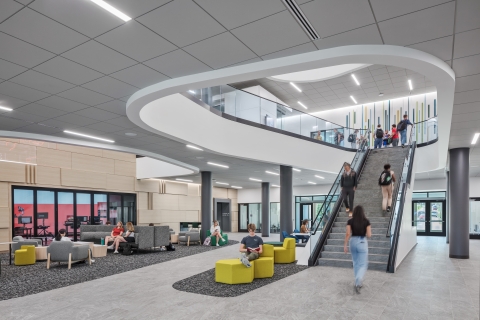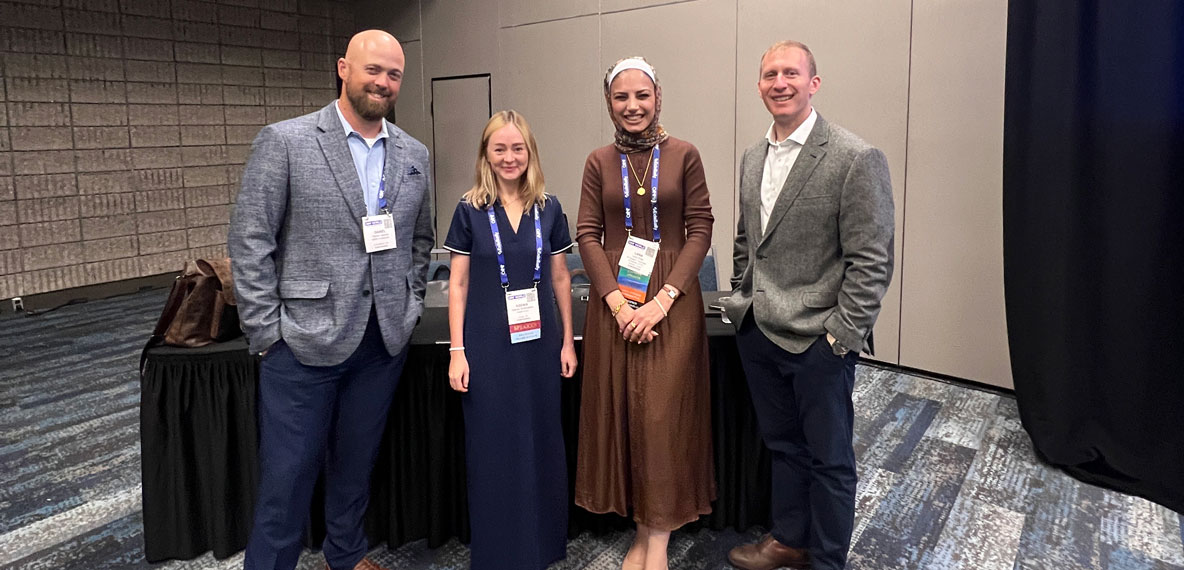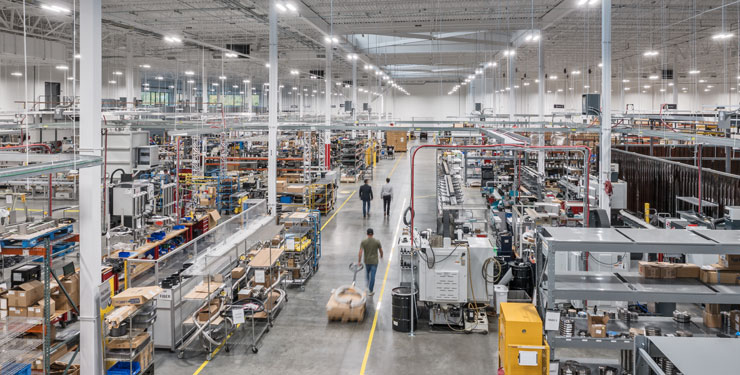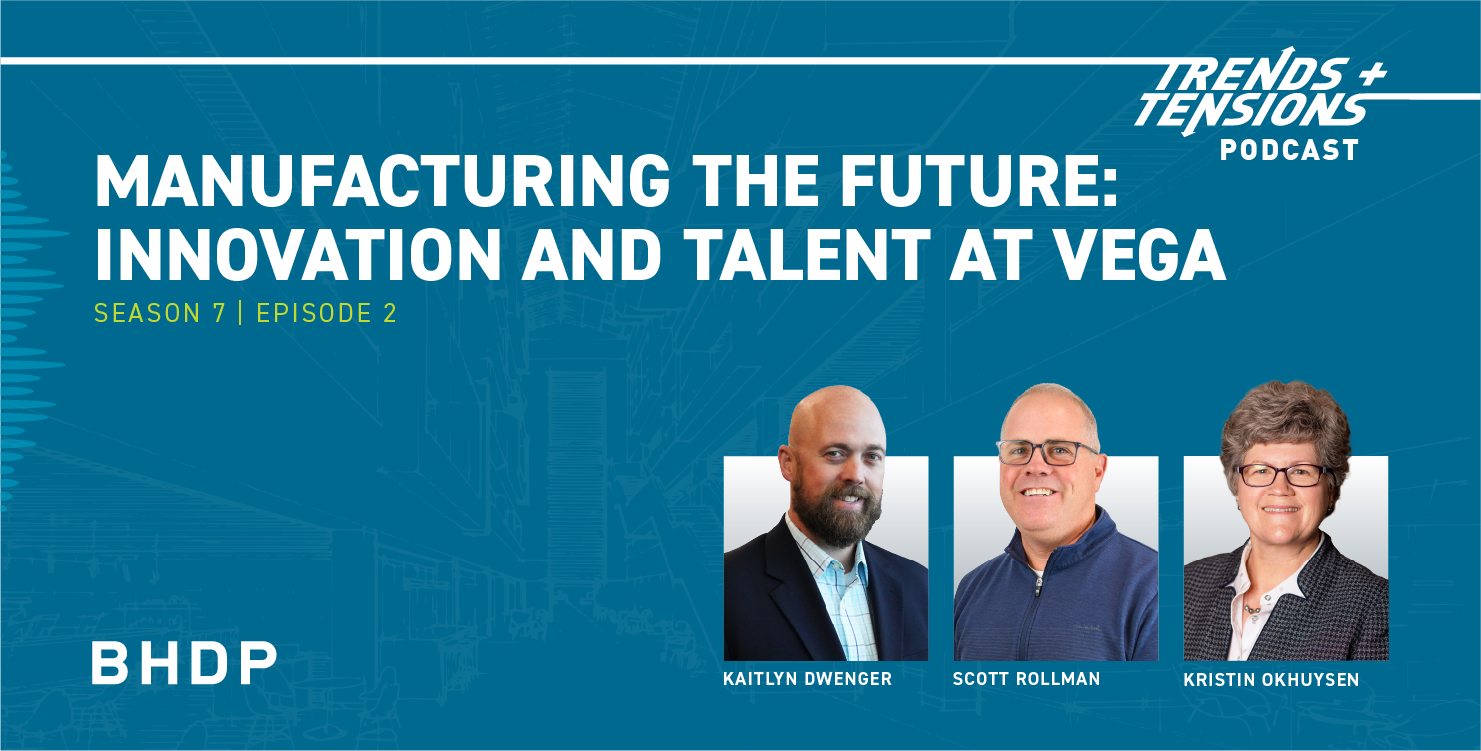
Beyond Efficiency: Integrating Energy Goals with Workforce Well-Being in Manufacturing

BHDP Architecture recently participated in the AEE World Energy Conference and Expo in Atlanta, GA (September 17–19), where global leaders in energy management, sustainability, and facility design gathered to explore strategies for building more efficient, resilient, and human-centered environments.
As part of the conference, Daniel Lessing, LEED AP BD+C, CEM, Client Leader for the Industrial market at BHDP, presented “Beyond Efficiency: Integrating Energy Goals with Workforce Well-Being in Manufacturing.” The session explored how natural design elements—such as daylighting, views, and biophilic features—can play a transformative role in reducing energy consumption while supporting employee health, satisfaction, and performance.
Rethinking Industrial Environments: Why People and Energy Matter
In today’s manufacturing landscape, aligning operational performance with employee experience is no longer optional—it’s essential. With only 14% of Gen Z considering a career in manufacturing, forward-thinking companies must create spaces that attract and retain the next generation of workers while also delivering measurable ROI.
Daniel’s session emphasized the importance of integrating design, technology, and behavior to drive meaningful results. Citing real-world case studies, including the new VEGA Americas, Inc. facility in Mason, OH, the presentation demonstrated how purposeful design can simultaneously reduce energy usage and elevate the workplace experience.
Key Takeaways from the Session
- Natural Elements Drive Results: Thoughtful daylighting and access to views can reduce energy loads by up to 30% and improve productivity by 15%.
- Biophilic Design Supports Retention: Incorporating nature-based elements into manufacturing layouts fosters a healthier, more resilient workforce.
- Daylighting Analysis Must Come Early: Using tools like Revit and LAR, BHDP conducts parametric studies to optimize orientation, glazing, shading geometry, and HVAC performance from the outset.
- Specs and Sequencing Are Critical: It's essential to codify daylighting zones, occupancy logic, and setpoint strategies in both the construction documents and operational plans.
- Measure What Matters: By pairing energy KPIs (like EUI and peak load) with people KPIs (like retention, absenteeism, and recruiting speed), organizations can create a full picture of performance.
Shaping the Future of Industrial Spaces
As design and sustainability goals become increasingly intertwined, the manufacturing sector is poised for a shift toward more integrated, human-centric environments. BHDP’s approach centers on scalable workflows and practical strategies that link design intent to operational value—creating spaces where people and performance thrive.
Let’s Talk
Are you reimagining your industrial facilities to meet both energy and workforce goals?
If you're interested in learning how BHDP can help optimize your environment for efficiency, well-being, and long-term ROI, contact us or fill out the form below to connect with our Industrial team.
Author
Content Type
Date
October 01, 2025
Market
Practice
Topic
Wellness



